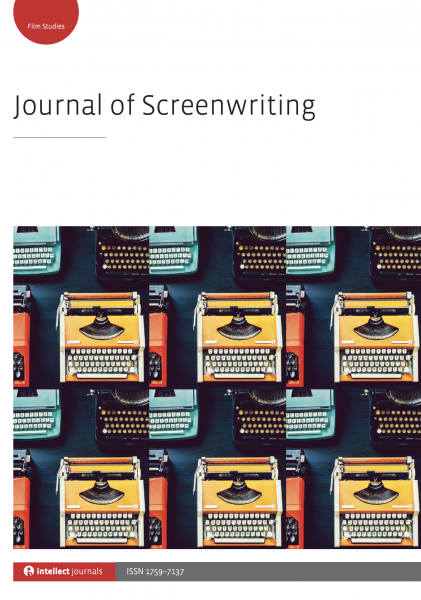In researching and writing my book on Giuseppe and Anita Garibaldi and the unification of Italy (A Man Of Action Saving Liberty: A Novel Based On The Life Of Giuseppe Garibaldi) I re-discovered the first American female war correspondent – Margaret Fuller — who I had first met in a college course on the Transcendentalists. I was once again fascinated by a life lived purposefully.
Then I found Tammy Rose’s podcast on the Transcendentalists – Concord Days – and was delighted when she asked me to guest for a discussion of Fuller’s work in Italy as both a journalist – and a nurse. — Rosanne
Watch this entire presentation
Concord Days sends love to Margaret Fuller on the anniversary of her death in 1850.
The conversation focuses on Margaret’s exciting days in ITALY!
Dr. Rosanne Welch takes us through her adventures and enthusiastically reminds us what she was like when she was living her best life!
Transcript:
Rosanne: …and here’s the person to send in terms of what Horace Greeley may be thinking. I mean she knows how many languages? So she’s going to be comfortable anywhere and maybe a woman can get more information from people — can get into different parts of society right? A general — a military guy — maybe not.
Tammy: Because she’s not intimidating in a separate country where they don’t know all of the stuff that she knows. Like her reputation does not precede her. She’s just a woman. She’s in skirts.
Rosanne: Right.
Tammy: You know why don’t I tell her all my secrets you know.
Rosanne: Exactly. Exactly and you know but of course she’s also an excellent writer and that again is what he needs. You’re going to get there. You going to get the information quick. You’re going to give it to me so I can have it in the newspaper and that will I have the scoop right? It’s all about who gets the scoop first.
Tammy: Yeah well and so she’s documented as the first female like international correspondent and war correspondent right?
Rosanne: Exactly and again now she even parallels the transcendentalists we could parallel a little bit with the Algonquin round table because Dorothy Parker and Edna Ferber are just a couple of the only women allowed in that circle.
Podcast: Play in new window | Download
Subscribe: RSS
![11 Underestimated? from Concord Days: Margaret Fuller in Italy [Video]](https://rosannewelch.com/wp-content/uploads/2021/10/rmw-concord-day-2021-fuller-rome-08.jpg)
![18 Murdoch Mysteries from Worry and Wonder | The Courier Thirteen Podcast [Video]](https://rosannewelch.com/wp-content/uploads/2021/09/rmw-courier-13-18.png)


![05 More Credits for A Star Is Born (1937) from “Female Creatives & A Star Is Born” [Video]](https://rosannewelch.com/wp-content/uploads/2021/09/rmw-women-creatives-star-is-born-usc-05.jpg)


![10 Fuller and Italian Reunification from Concord Days: Margaret Fuller in Italy [Video]](https://rosannewelch.com/wp-content/uploads/2021/09/rmw-concord-day-2021-fuller-rome-10.jpg)
![04 The Writers of A Star Is Born (1937) from “Female Creatives & A Star Is Born” [Video]](https://rosannewelch.com/wp-content/uploads/2021/09/rmw-women-creatives-star-is-born-usc-04.jpg)
![09 Why Italy? from Concord Days: Margaret Fuller in Italy [Video]](https://rosannewelch.com/wp-content/uploads/2021/09/rmw-concord-day-2021-fuller-rome-09.jpg)
![17 More On Wynonna Earp from Worry and Wonder | The Courier Thirteen Podcast [Video]](https://rosannewelch.com/wp-content/uploads/2021/09/rmw-courier-13-17.jpg)
